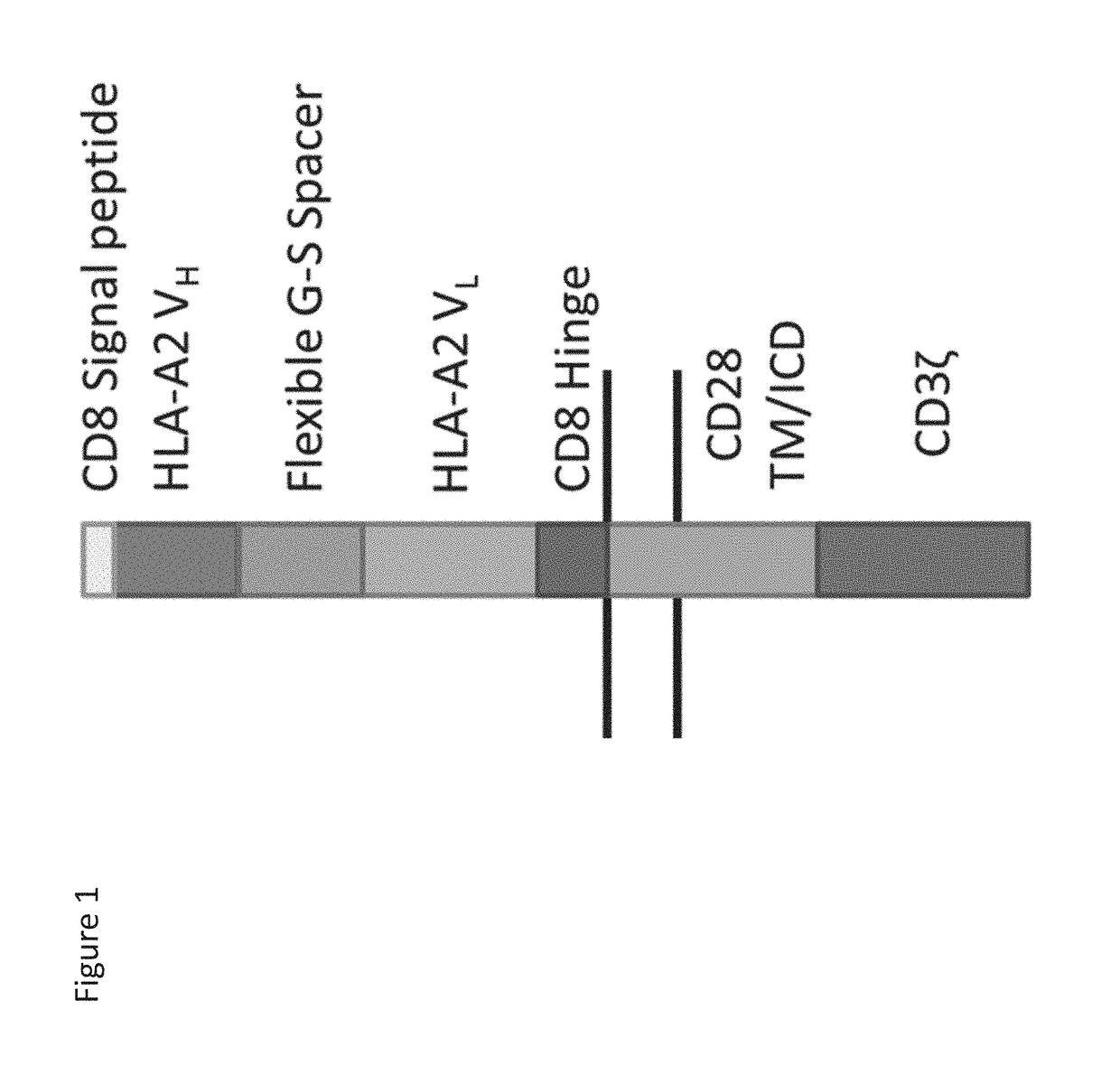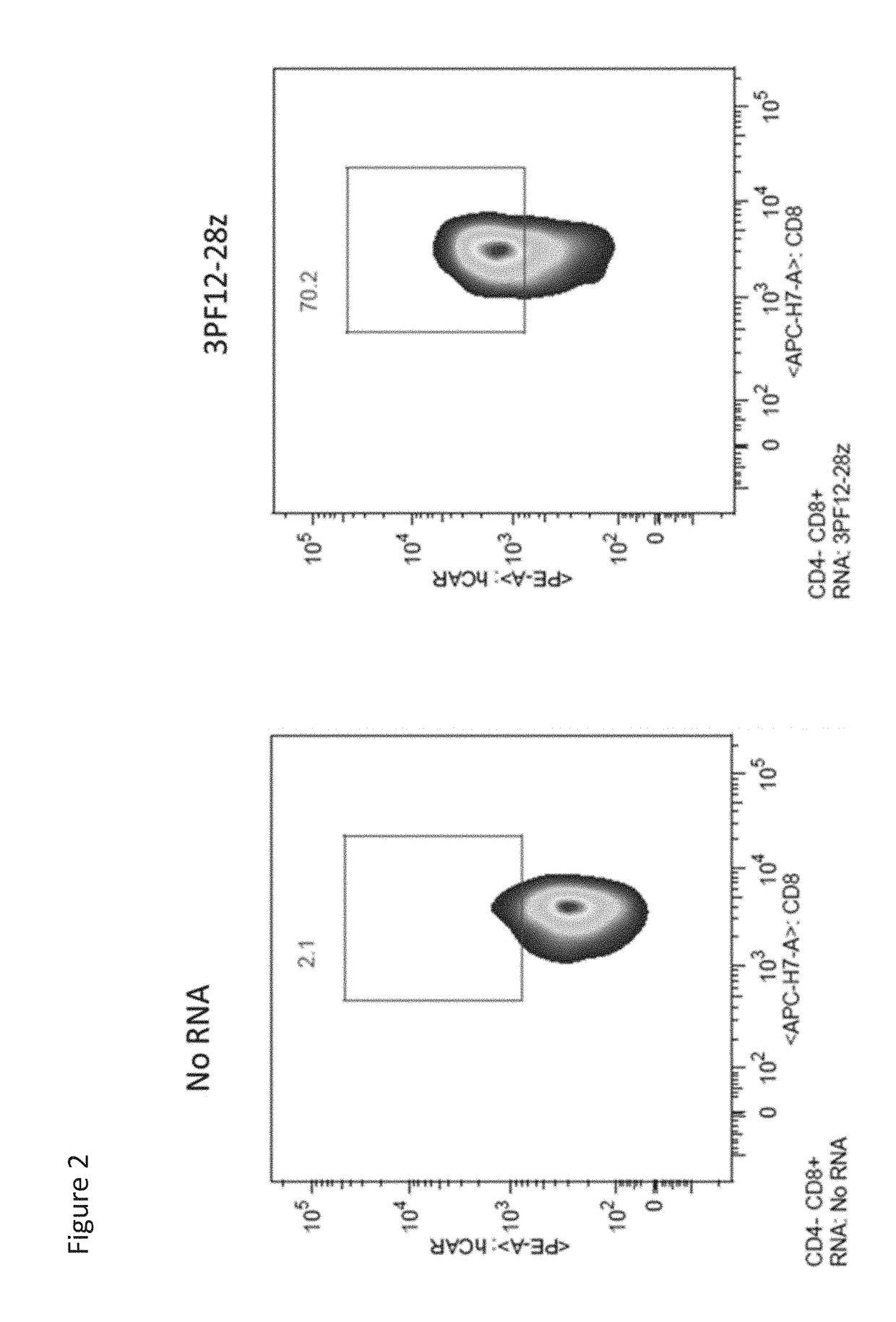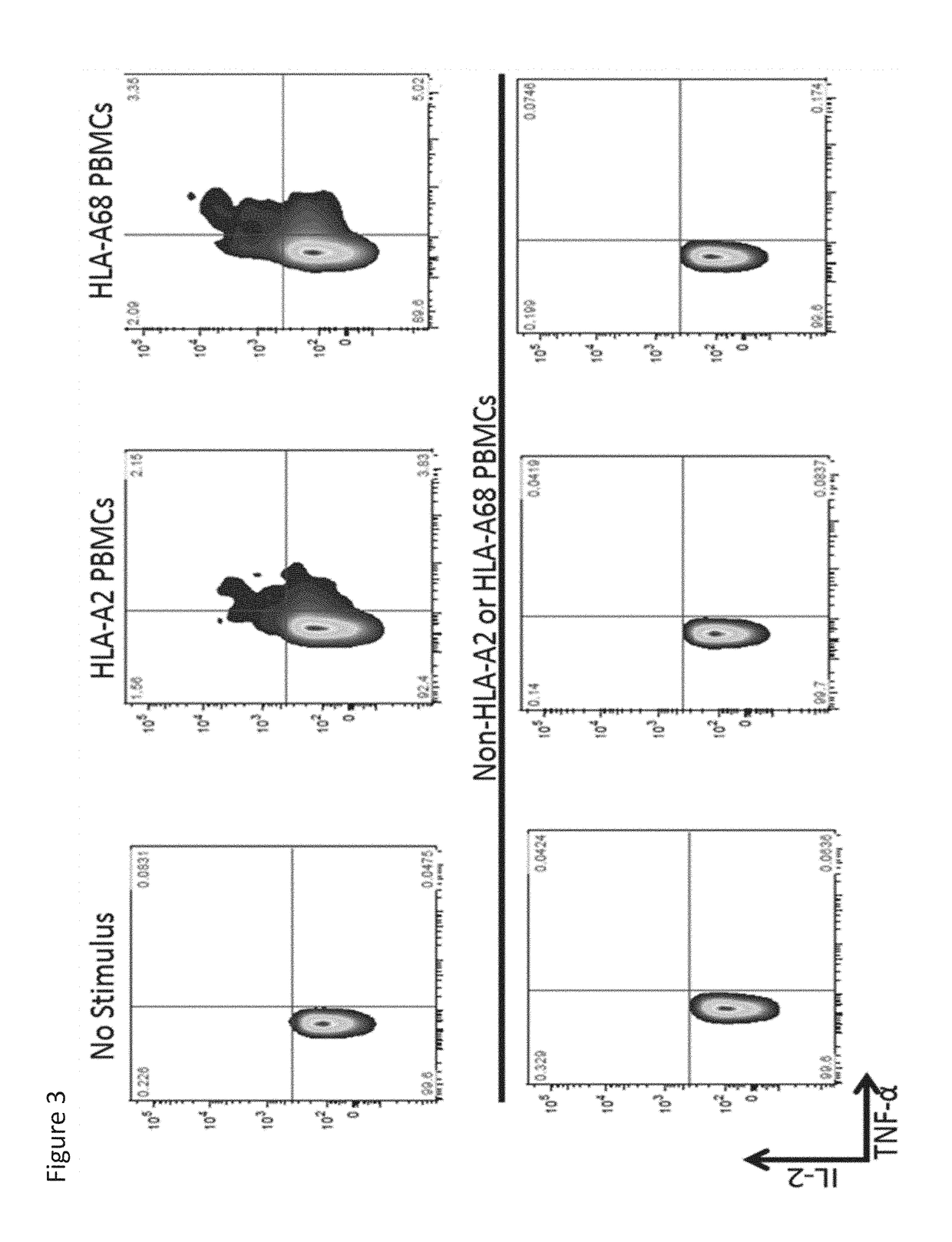Methods To Protect Transplanted Tissue From Rejection
a transplanted tissue and tissue technology, applied in the direction of metabolism disorders, drug compositions, peptides, etc., can solve the problem of a large number of dangerous side effects
- Summary
- Abstract
- Description
- Claims
- Application Information
AI Technical Summary
Benefits of technology
Problems solved by technology
Method used
Image
Examples
experimental examples
[0371]The invention is now described with reference to the following Examples. These Examples are provided for the purpose of illustration only, and the invention is not limited to these Examples, but rather encompasses all variations that are evident as a result of the teachings provided herein.
[0372]The materials and methods employed in these experiments are now described. 3PF12 antibody was derived from: Watkins et al., The isolation and characterization of human monoclonal HLA-A2 antibodies from an immune V gene phage display library. (2000). doi:10.1034 / j.1399-0039.2000.550305.
HLA-A2 specific CAR nucleotide sequence:(SEQ ID NO: 24)ATGGCCTTACCAGTGACCGCCTTGCTCCTGCCGCTGGCCTTGCTGCTCCACGCCGCCAGGCCGGGATCCCAGGTGCAGCTGGTGCAGTCTGGGGGAGGCGTGGTCCAGCCTGGGGGGTCCCTGAGAGTCTCCTGTGCAGCGTCTGGGGTCACCCTCAGTGATTATGGCATGCATTGGGTCCGCCAGGCTCCAGGCAAGGGGCTGGAGTGGATGGCTTTTATACGGAATGATGGAAGTGATAAATATTATGCAGACTCCGTGAAGGGCCGATTCACCATCTCCAGAGACAACTCCAAGAAAACAGTGTCTCTGCAAATGAGCAGTCTCAGAGCTGAAGACACGGCTGTGTATTA...
example 1
ecific T Cells
[0377]Primary, human CD8+ T cells were isolated from normal donor aphersis product by incubating them with RosetteSep reagent for 20 minutes at room temperature, followed layering of the cells on top of Lymphoprep, and centrifuging at 400×g for 30 minutes at room temperature. The cells were then washed three times in OPTI-MEM reduced serum medium (Thermo Fisher Scientific), resuspended at 100×106 cells / mL in OPTI-MEM, mixed with 10 μg of in vitro transcribed 3PF12-28z RNA, and electroporated with a BTX830 (Harvard Apparatus BTX) at 500V for 700 μs in a 0.2 cm electroporation cuvette in vitro RNA transcription was performed with the mMessage mMachine T7 transcription kit (ThermoFisher Scientific) according to manufacturer's instructions, and cleaned up with RNeasy MinElute Clean Up Kit (Qiagen). Cells were incubated in a 37° C. / 5% CO2 incubator for sixteen hours before being stained with anti-Biotin-SP (long spacer) AffiniPure Goat Anti-Human IgG, F(ab′)2 fragment speci...
example 2
ecific Regulatory T Cells
[0379]Regulatory T cells were isolated from human cord blood donors via incubation with CD4+ RosetteSep reagent (Stem Cell), layering over Lymphoprep, and 30 minute centrifugation at 400×g for 30 minutes, followed by CD25 positive magnetic selection (StemCell Technologies). Tregs were stimulated with α-CD3 / α-CD28 beads (Gibco) and grown in XVIVO15 with 5% human AB serum (Invitrogen) containing 1× GlutaMAX and 300 IU / mL IL-2 and placed in a 37° C. / 5% CO2 incubator. Forty-eight hours following initial stimulation, the Tregs were lentivirally transduced to express 3PF12-28z CAR or an irrelevant CAR. α-CD3 / α-CD28 beads were removed on day 4, and the cells were fed the above complete XVIVO15 medium on days 4, 6, 9, and 12, with IL-2 replaced as needed assuming consumption. When cells rested down at day 14, antigen specific suppression was assayed by washing the Tregs three times to remove IL-2, and mixing them with allogeneic T cells that had been electroporated ...
PUM
| Property | Measurement | Unit |
|---|---|---|
| concentration | aaaaa | aaaaa |
| temperature | aaaaa | aaaaa |
| affinity | aaaaa | aaaaa |
Abstract
Description
Claims
Application Information
 Login to View More
Login to View More - R&D
- Intellectual Property
- Life Sciences
- Materials
- Tech Scout
- Unparalleled Data Quality
- Higher Quality Content
- 60% Fewer Hallucinations
Browse by: Latest US Patents, China's latest patents, Technical Efficacy Thesaurus, Application Domain, Technology Topic, Popular Technical Reports.
© 2025 PatSnap. All rights reserved.Legal|Privacy policy|Modern Slavery Act Transparency Statement|Sitemap|About US| Contact US: help@patsnap.com



